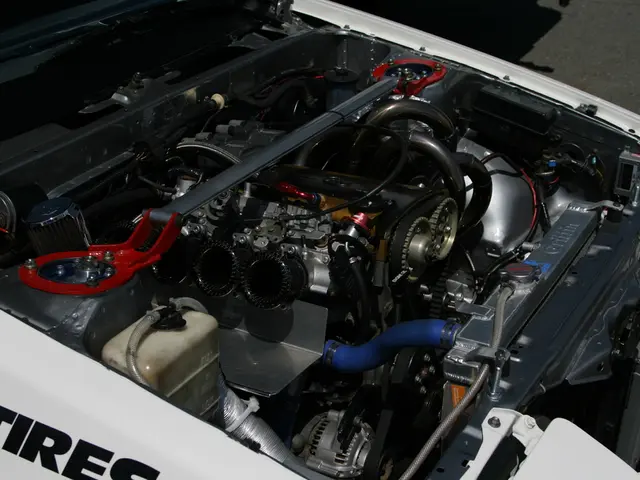Is it feasible to teleport? Here's the scientific viewpoint.
In the realm of science fiction, human teleportation has long been a captivating concept, particularly in iconic shows like Star Trek. However, the reality of transporting a human being from one location to another using separate teleportation machines, as depicted in these shows, remains elusive.
The major hurdle in achieving this feat is the transmission of the vast amount of information needed to describe a human being. A Star Trek-style transporter must pin down the position and type of every atom in a person's body, a task that requires billions of times more information than needed for the reconstruction of a TV image.
This information is typically sent as a series of binary 'bits', with ultra-short pulses requiring ultra-high-energy light. However, the energy requirements for such short pulses are immense. Ultra-short pulses demand an amount of energy that would be impractical for human teleportation, as much energy as there is in a galaxy of stars.
Despite these challenges, the idea of human teleportation continues to stimulate the imagination, envisioning a world where travel times are dramatically reduced. For instance, a journey from the UK to the Sydney Opera House could theoretically be accomplished in the blink of an eye.
However, it's important to note that current technology is far from achieving human teleportation as depicted in Star Trek. The method of quantum teleportation, which allows for the creation of a perfect copy of a quantum particle at a remote location, is a significant advancement in the realm of quantum physics. Developed based on the concept of quantum entanglement, this method was first proposed by physicists Charles Bennett, Gilles Brassard, Claude Crépeau, Richard Josza, Asher Peres, and William Wootters in 1993.
Quantum teleportation and telecloning, while impressive, are limited to quantum particles, not humans. The concept of human teleportation continues to be a popular trope in science fiction and space movies, but its feasibility remains highly speculative and uncertain.
In conclusion, while the dream of human teleportation persists, the energy requirements and technological limitations make it extremely unlikely to become a reality any time soon. For now, we'll have to stick to conventional travel methods, but who knows what the future holds for the fascinating world of quantum physics and beyond?
Read also:
- Exploring Harry Potter's Lineage: Decoding the Enigma of His Half-Blood Ancestry
- Elon Musk Acquires 26,400 Megawatt Gas Turbines for Powering His AI Project, Overlooks Necessary Permits for Operation!
- Ontario terminates $100M Starlink agreement due to U.S. import taxes
- U Power's strategic collaborator UNEX EV has inked a Letter of Intent with Didi Mobility to deploy UOTTA(TM) battery-swapping electric vehicles in Mexico.








